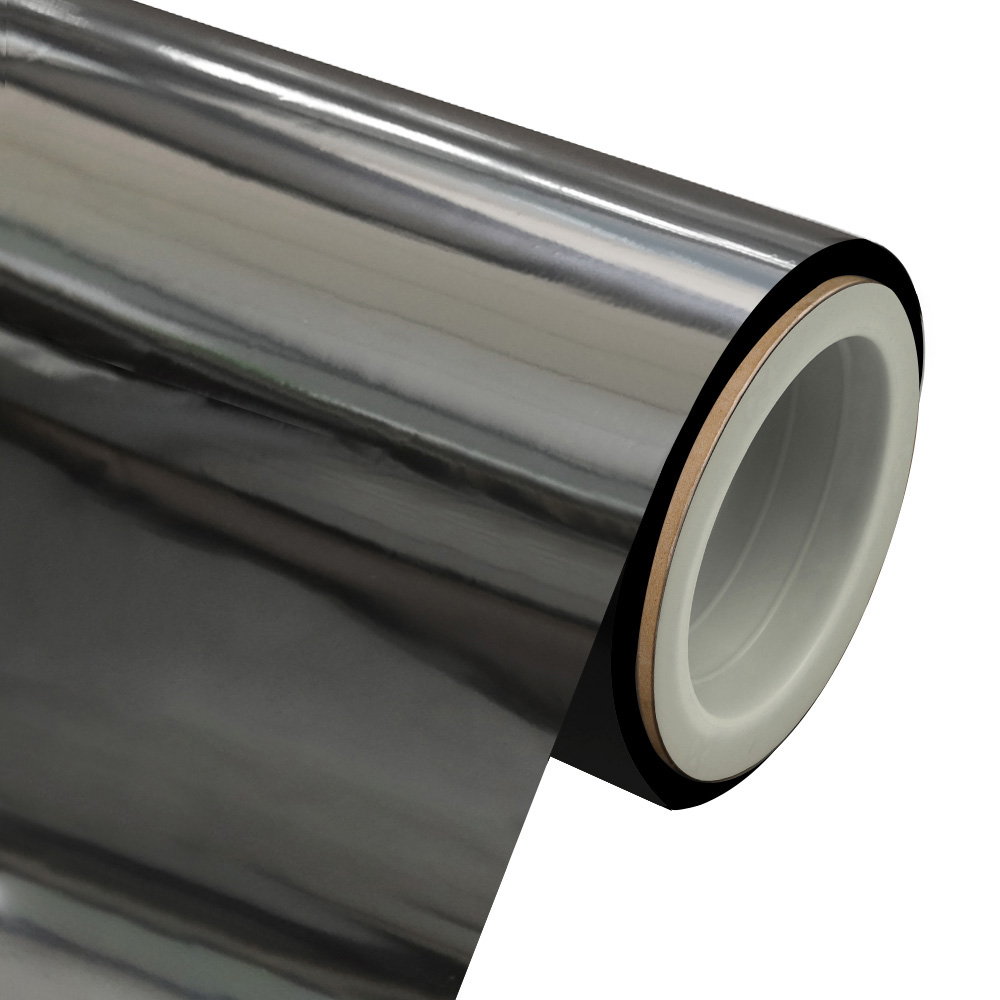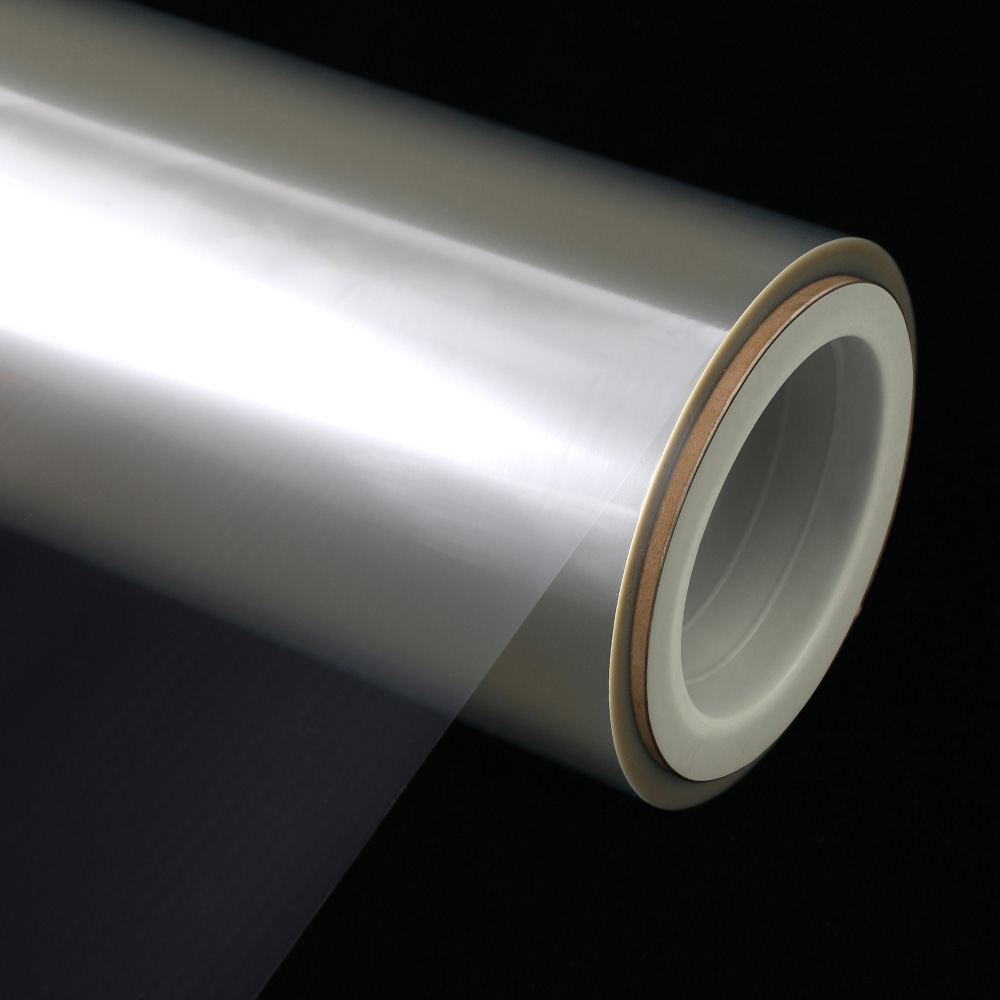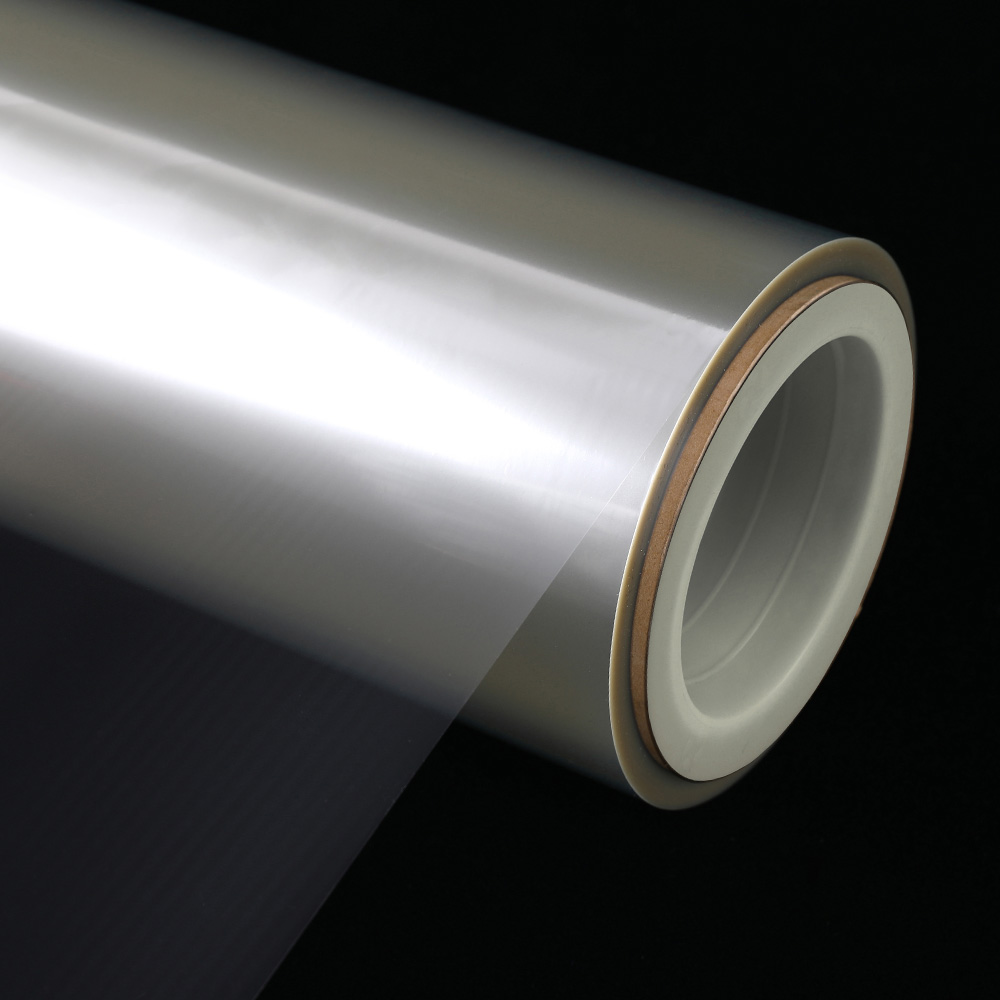How does high-barrier aluminized PET film protect the quality of drugs?
In the complex chain of drug production and storage, the packaging link is crucial, and high-barrier aluminized PET film is quietly becoming a key line of defense to ensure the stability of drug quality. Drugs, as special commodities that maintain human health, are often more sensitive to chemical properties and have almost harsh requirements for the storage environment. Oxygen, water vapor and light, these seemingly ordinary environmental factors in daily life, may have a subversive impact on drugs.
The chemical stability of drugs is the core factor that determines their efficacy and safety. Most drug ingredients will undergo oxidation reactions with oxygen. This process is like chronic corrosion and will gradually change the molecular structure of the drug. For example, drug molecules containing unsaturated bonds may be oxidized and broken under the action of oxygen, resulting in a decrease in the content of active ingredients in the drug and a significant reduction in efficacy. The intervention of water vapor should not be underestimated either, as it can promote the hydrolysis reaction of drugs. Some ester and amide drugs are prone to chemical bond breakage in a water environment, decomposing into substances with low activity or even harmful impurities, which seriously threatens drug safety. In addition, the ultraviolet energy in the light is high, which can stimulate the electronic transition of drug molecules, trigger photochemical reactions, and further destroy the chemical structure of drugs.
The reason why high-barrier aluminum-plated PET film is unique in the field of drug packaging is due to its exquisite structural design. It uses PET (polyethylene terephthalate) film as the basic support layer. The PET material itself has good mechanical properties, which can provide the necessary strength and toughness for packaging, ensuring that it is not easily damaged during transportation and storage. At the same time, PET film also has certain barrier properties, which can initially block the penetration of some small molecules. On this basis, through advanced vacuum aluminum plating technology, an extremely fine and uniform aluminum layer is deposited on the surface of the PET film. Although this aluminum layer is thin, it plays a key barrier role. Aluminum atoms are arranged in a tight and orderly manner to build a molecular-level protective network.
For small molecules such as oxygen and water vapor, this aluminum layer is like an insurmountable natural barrier. In order for oxygen molecules to pass through the film, they need to overcome the physical barrier of the aluminum layer and the resistance of interaction with aluminum atoms. Similarly, when water vapor molecules face the aluminum layer, their permeation path is greatly extended and complicated. This physical barrier mechanism significantly reduces the permeability of high-barrier aluminized PET film to oxygen and water vapor, creating a relatively dry, oxygen-free microenvironment for drugs.
In addition to the barrier to gas and water vapor, the aluminum layer of the high-barrier aluminized PET film also performs well in resisting light. Ultraviolet rays, as the part with higher energy in light, have the most significant destructive effect on drugs. The aluminum layer has good optical reflection properties. When ultraviolet rays are irradiated on the surface of the aluminized PET film, most of the ultraviolet rays will be reflected back by the aluminum layer and cannot penetrate the film to reach the drug. This is like putting on a layer of "sunscreen" for the drug, effectively avoiding the photochemical reaction caused by ultraviolet rays, and protecting the chemical stability of the drug in all directions.
In the actual application of drug packaging, the advantages of high-barrier aluminized PET film have been fully reflected. From the blister packaging of oral solid preparations, to the soft bag packaging of liquid medicines, to the outer wrapping of ampoules for injections, it can be seen. It can not only extend the shelf life of drugs and reduce waste caused by drug deterioration, but more importantly, it provides patients with reliable quality and stable efficacy of drugs. With the continuous improvement of pharmaceutical technology and the increasing requirements for drug quality, the application prospects of high-barrier aluminum-coated PET film in the field of drug packaging will become more and more broad. It will continue to play a key role in ensuring the quality of drugs, escort the cause of human health, and become an indispensable and important material in the field of drug packaging.


 English
English  中文简体
中文简体 





